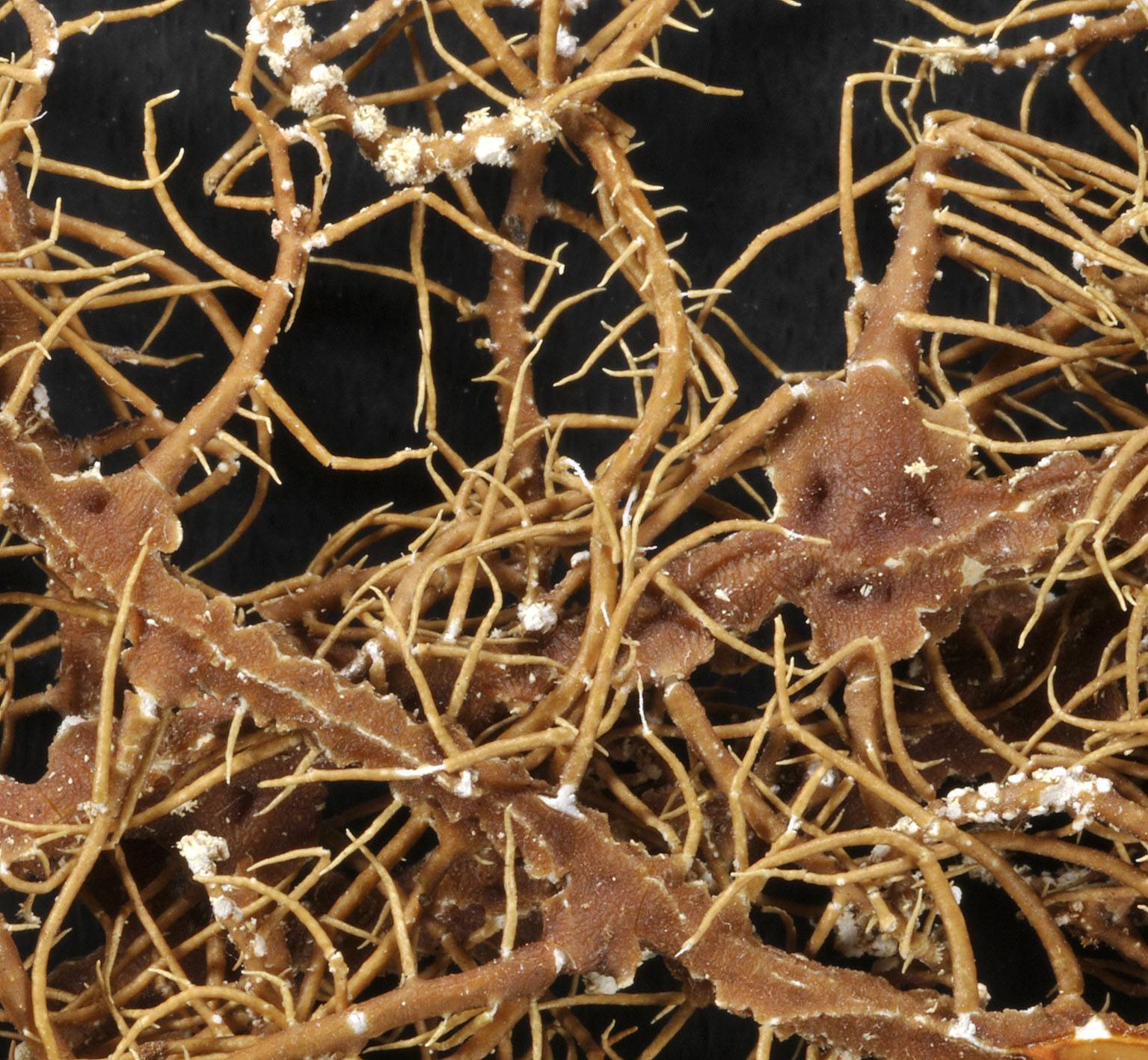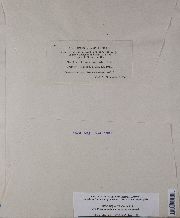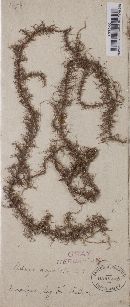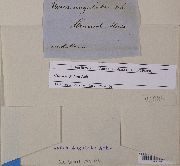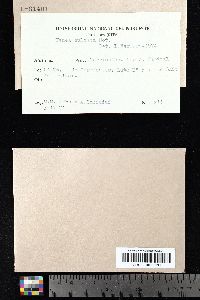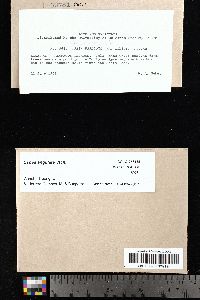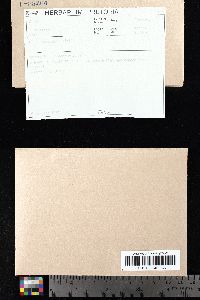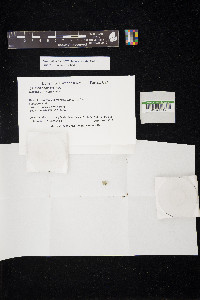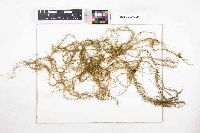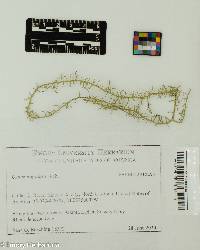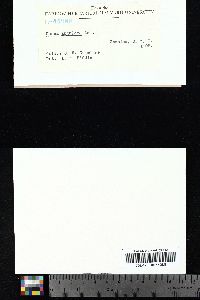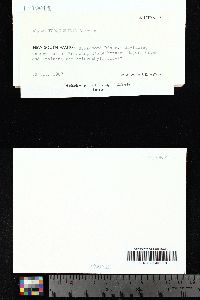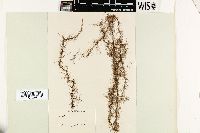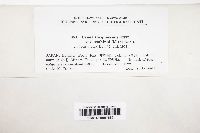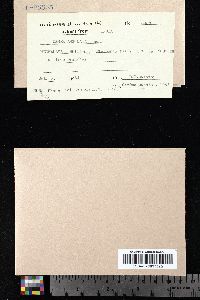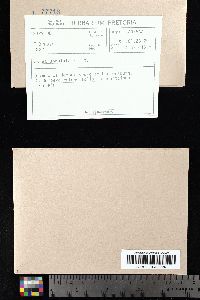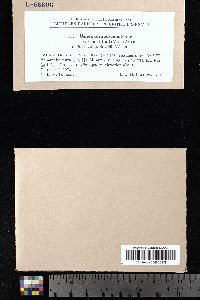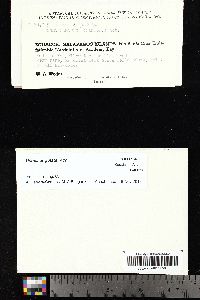
- Home
- Search
- Images
- Species Checklists
- US States: O-Z >
- US National Parks
- Central America
- South America
- US National Parks
- Southern Subpolar Region
|
|
|
|
Family: Parmeliaceae
Old Man's Beard
[Usnea paradoxa (Zahlbr.) Motyka, moreUsnea sulcata Motyka, Usnea torquescens Stirt., Usnea torquescens var. torquescens Stirt., Usnea undulata Stirt., Usnea undulata f. undulata Stirt.] |
MycoBank no. 408310 Usnea angulata Ach. Short Description. A pendulous species particularly well characterized by its conspicuously alate branches made up from trapezoidal segments; detailed descriptions in Herrera-Campos et al. (1998), Ohmura (2001) and Herrera-Campos (2016). Chemistry. Medulla with norstictic acid [P+ yellow, K+ yellow turning orange-red (crystals), C–, KC–]. Ecology and distribution. A temperate to subtropical species with worldwide distribution (North and South America, Africa, East Asia and Oceania; see Truong 2012 and Truong et al. 2013b); in Galapagos first reported by Weber (1986) as U. paradoxa based on material collected originally by Kastdalen (the material in B was either collected by Follmann himself at the same site, or it is possibly a duplicate from the Weber exsiccatae). Notes. Being distributed by Weber (1981; Lich. Exs. no. 366: as U. paradoxa) as an exsiccatae the species must have been, at the time, unusually abundant at its historic collection site. The exact locality where these specimens were collected remains unknown. When Weber visited Galapagos, the area was locally known as “Las Casitas” (on the specimen packets also called the “tortoise reserve”). Weber (1986: 487) suggests that the specimens were collected near “the tortoise ponds”, where the NationalPark at the time maintained two small cabins (0°41'21.3''S, 90°24'53.2''W). These buildings are today abandoned. Despite repeated, intensive surveys, during which we discovered the only known record of U. deformis, we nevertheless were unable to re-discover U. angulata. With its conspicuously alate branches made up from trapezoidal segments the species can hardly be overlooked or confused. These historically documented populations from the archipelago are therefore now presumed extinct. This may surprise since on the continent, U. angulata has been reported as widely distributed, in a broad range of habitats, from the seashore to above the timberline (Truong et al. 2013b). The species is nevertheless often locally restricted and possibly more common in undisturbed, but open habitats. It is |

